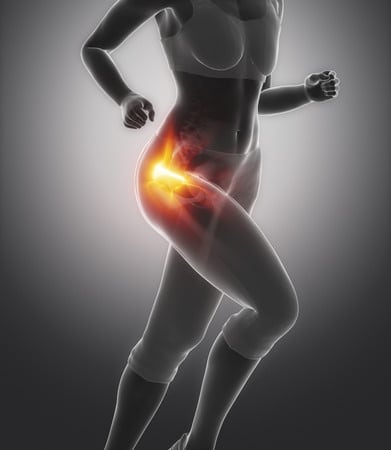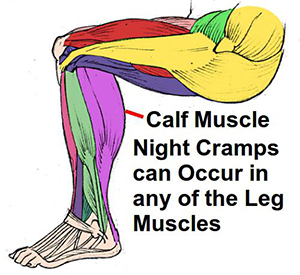Muscle Cramps – What Causes Them?
3 min read
Muscle cramps are sudden involuntary contractions that can be painful. The pain may range from a mild twitch to a complete loss of mobility, and can also result in a depressive state. They can occur at rest, during or after an exercise session, or at certain levels of exertion. Some people experience muscle cramps at all times, including at rest, during menstruation, and during a bout of gastroenteritis.
There are different types of cramps. Some types are caused by nerve compression, and some are caused by overusing certain muscles. Other types of cramps may be caused by a change in circulation and low electrolytes. During pregnancy, the muscles of the legs are especially sensitive and can cramp easily during pregnancy. Despite its name, many factors can lead to muscle contractions, including inactivity and lack of stretching. If your muscles cramps are severe enough, you may need to undergo a physical exam to determine the cause.
Muscle cramps can be caused by a variety of causes. Some people are genetically predisposed to certain types. For example, marathon runners, triathletes, and older individuals are more likely to experience muscle cramps. These people are at risk for experiencing them because of their occupation. For them, it is particularly common during the pre-season, when their bodies are not yet conditioned and are more prone to fatigue. Other factors can contribute to the development of a cramp, such as overbreathing or wearing high-heeled shoes.
Various types of muscle cramps include various systems in the body. Although the causes of these types are often the same, they can have different effects. Some convulsions affect the stomach, while others occur during menstruation, and there is no correlation between the floor and the occurrence of seizures. Although most people do not know about these different types, it is important to understand the causes of these painful conditions. If you suffer from these symptoms, it is recommended to consult your doctor as soon as possible.

Professional and professional convulsions are similar in some respects. Professional convulsions are a type of professional spasm and affects a certain muscle in the body. Usually this affects the muscles that are constantly used in occupation. This may make it difficult to move objects or reduce dexterity. Those who suffer from these symptoms will experience difficulties with moving objects. However, they can also arise in other professions. The most common type of convulsion is Tetan.
Three types of seizures are classified in accordance with the location and quality of pain. The most common type of seizure is called a professional convulsion. This happens when the muscles are under voluntary control and can affect any part of the muscles. During professional convulsions, all muscles can be affected. Other symptoms may include loss of dexterity. When you experience professional convulsions, the offensive is suddenly and can be difficult to control.
There are two main cramp types: the professional and the tetany. The former causes are related to the person’s profession, while the latter is due to physical factors. Occupational cramps are caused by an abnormally high level of stress in the body. A woman suffering from a tetany cramp may not have a regular menstrual cycle or may have irregular periods. It is common for an individual to experience a tetany cramp when they work too hard, for instance.
The other type of cramp occurs when the muscles are used continuously in an occupation. They may become weak and lose dexterity as a result of overuse. The professional cramp is a condition that can be caused by overuse of certain muscle groups. For instance, women can suffer from chronic tetany cramps if they do too much physical activity. This condition is caused by an imbalance of minerals and electrolytes in the body.
There are many different types of cramps. Some types are more common than others, while others are idiopathic. In some cases, muscle contractions are abnormal and unintentionally caused. Other factors may contribute to a person’s discomfort, including inadequate stretching or a lack of water. During an exercise, the person’s blood pressure is usually elevated, and they may be dehydrated. A high-heeled shoe may be another cause.
